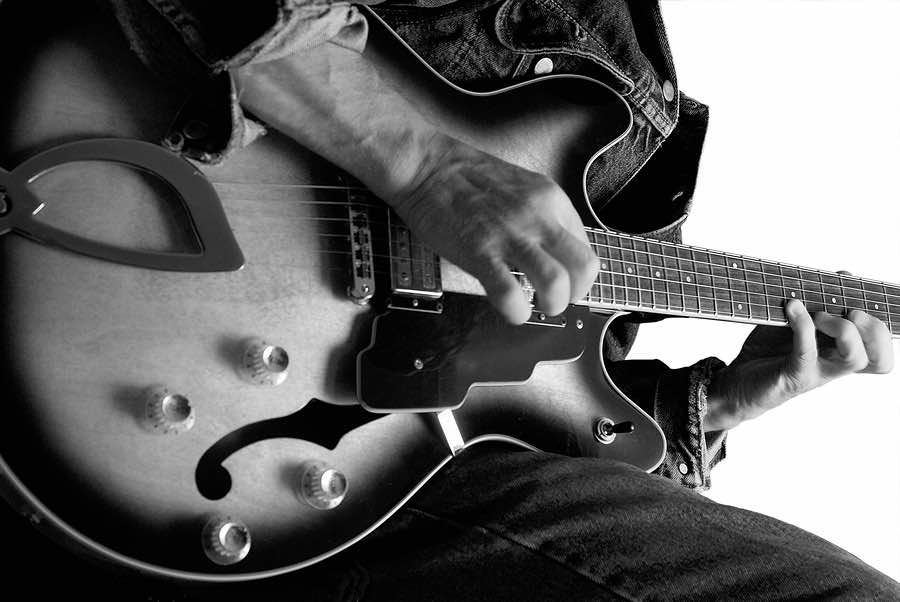May 14, 2019 by Klaus Crow
Bigstock photo
 What more can you wish for when you’ve achieved most of the goals you had in the past?
What more can you wish for when you’ve achieved most of the goals you had in the past?
I’m pretty grateful for my life right now and all the things I’ve experienced and accomplished.
I’ve played in a lot of different bands, done hundreds of gigs, played music for a living, met a beautiful girl, got married, traveled to beautiful countries, started teaching guitar for a living from my home studio, started a blog, got three kids and made some really good friends along the way. Of course, that’s the short version.
While I’m really happy with accomplishing a lot of the goals I had, goals can also change once you get older. Life changes, circumstances change, you change and so it’s not that strange your goals change along with you.
Lately I read something in a book that really struck me.
Let’s fast forward a couple of years. Suppose you are somewhere around 85 years old, you are lying on your death bed and look back on your life. Are there still things you wish you had done in your life or regret you didn’t have? Think about it for a moment.
Now let’s rewind again.Continue Reading


 Learning to improvise is a covetable skill and it is the next step to becoming a more accomplished guitar player once you’ve mastered a decent amount of guitar solos.
Learning to improvise is a covetable skill and it is the next step to becoming a more accomplished guitar player once you’ve mastered a decent amount of guitar solos.